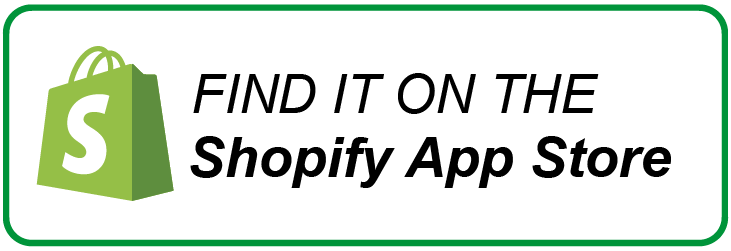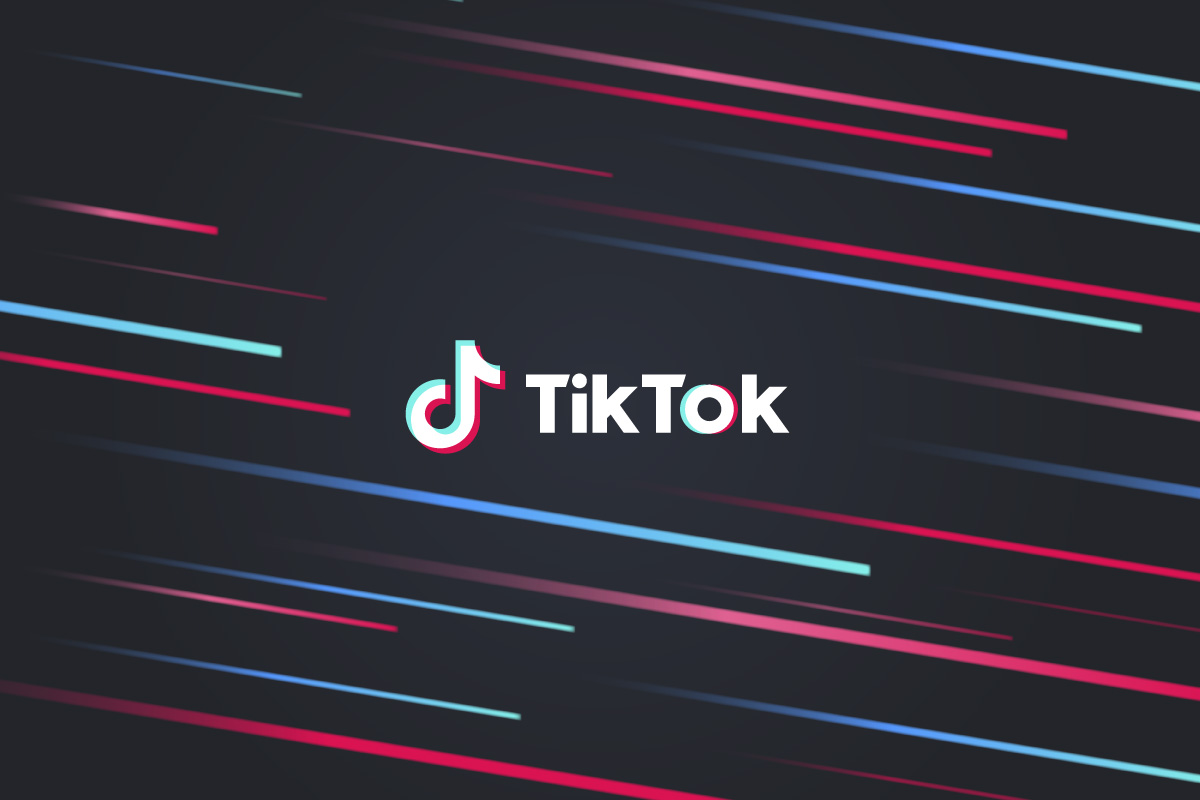In recent years, as Douyin’s user growth has stabilized, some merchants have begun searching for new growth opportunities, turning their attention to overseas markets and expanding their presence on TikTok. TikTok continues to experience rapid growth in Southeast Asia and Western markets, with increasing acceptance of short-video shopping among overseas users. However, merchants shifting from Douyin to TikTok face challenges such as market differences and intense competition. Therefore, understanding TikTok’s operational model, user demographics, and marketing strategies is crucial.
1. TikTok Shop User Analysis
In the era of cross-border e-commerce, capturing emerging users is key to sustained high growth. Taking the U.S. market as an example, we can classify TikTok users into three major groups:
-
Gen Z: This group is constantly exploring new areas, with over 65% relying on social media to discover products and content. Additionally, 25% of U.S. Gen Z users consider TikTok their favorite social platform. Their preferred content categories include gaming, music, sports, movies, and internet trends.
-
Millennials: This generation values diversity, with more than 38% discovering new products or brands through social media ads, and 28% preferring diverse content. Their interests span literature, fitness, gaming, beauty, and travel.
-
Gen X and older: Between 2020 and 2021, TikTok users aged 45 and above grew by over 120%. Nearly 49% of this group discovered new brands through social media and continued purchasing from brands they found reliable. Their favorite content includes sports, daily life, family, cooking, and pets.
As one of the world’s most popular short-video platforms, TikTok has attracted hundreds of millions of users. It employs an influencer-driven sales model, which has proven to be more cost-effective and yield higher returns than merchant-run livestreams or short-video sales. In the U.S. market, influencer-driven commerce has become the mainstream, with over 1 million verified TikTok influencers selling products. Notably, 80% of TikTok U.S. orders come from local influencers, and 80% of leading brands have achieved explosive growth through influencer marketing. However, merchants should also be aware of traffic overflow from TikTok videos and influencers.
2. The Power of the “Content + Shelf” Model
TikTok Shop operates on a dual-driven model of “content + shelf.” After joining TikTok Shop, merchants can use short-video marketing to gain exposure, livestreaming to build fan loyalty, and content marketing to drive omnichannel growth. Meanwhile, the shelf aspect facilitates transactions, ensuring high conversion rates, repeat purchases, and increased brand stickiness while allowing for premium pricing.
For example, in 2024, a brand launched a product on both TikTok Shop and Amazon. The product was priced at $26.99 on TikTok Shop but sold for $49.99 on Amazon, where it achieved 10,000 orders. The product first gained traction on Amazon in June through influencer marketing—not on TikTok, but YouTube. After the product gained exposure on YouTube, its Amazon sales soared.
Later, in October, the brand listed the product on TikTok Shop, and between October and December, sales skyrocketed. A significant portion of the sales came from branded search terms—something that doesn’t typically happen in traditional e-commerce. This highlights how the “content + shelf” model can drive cross-platform growth.
Key takeaways from this case study:
-
If a product already performs well in traditional e-commerce, influencer marketing is essential for achieving high-profit margins.
-
By understanding the mechanics of influencer marketing, paid advertising, content seeding, and e-commerce, sellers can shift away from price wars and focus on value-driven strategies. Products should align with the “content + e-commerce” dual-driven model.
3. TikTok Strategies from Leading Brands
-
Goli Nutrition: In just four months, the brand collaborated with 20,100 influencers, producing 91,000 influencer-driven sales videos, generating 1.51 billion impressions. Mid-to-micro influencers accounted for 98.96% of collaborations, with influencer-driven sales contributing 90.33% of total transactions. The brand partnered with influencers across all categories.
-
MyDepot: This brand partnered with 8,476 influencers, launching 20,300 influencer sales videos and achieving 391 million impressions. Mid-to-micro influencers accounted for 81.61% of collaborations, and influencers covered all product categories.
From the analysis of user demographics, influencer marketing trends, and successful brand strategies, TikTok Shop follows a relatively straightforward marketing logic. For example, when launching a chair, brands should not only optimize it for traditional e-commerce but also consider how to make it visually appealing in short videos or livestreams.
Once a product is listed on TikTok Shop, brands can leverage influencers for initial exposure, followed by paid advertising for sustained marketing, ensuring continuous user engagement and sales growth.
4. How to Execute Influencer Marketing on TikTok Shop?
Influencer marketing on TikTok can be executed through strategic tools and software to create a network of influencers. In terms of cost, partnering with a U.S.-based influencer with 1–2 million followers typically costs only a few hundred to a few thousand dollars, with high-end partnerships reaching tens of thousands—significantly lower than in China. However, influencer marketing in the U.S. tends to be less stable than in China.
TikTok Shop currently offers three types of influencer marketing programs:
-
Open Plan: All eligible influencers can view and choose to promote products independently.
-
Targeted Plan: Merchants set specific commission rates and invite selected influencers to promote their products. Once accepted, the influencer begins the campaign.
-
Shop Plan: Merchants set a universal commission rate for all store products, automatically applying it to new listings without requiring manual adjustments.
Among these programs, commission rates are prioritized as follows: Targeted Plan > Open Plan > Shop Plan. Additionally, merchants can amplify high-quality influencer-generated content through paid advertising, creating a 1+1>2 effect that maximizes reach and conversion.



